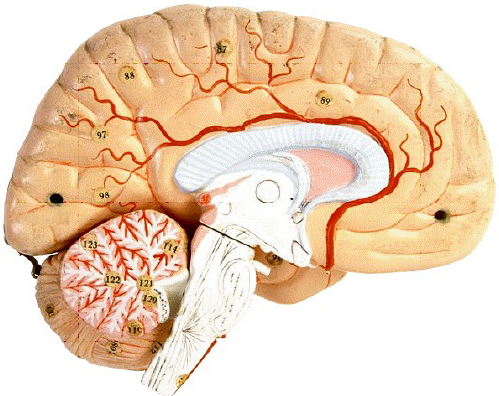据英国《新科学家》杂志网站近日报道,两个科研小组分别宣布,他们对老鼠皮肤细胞和人类皮肤细胞进行基因重组,将其变成了能制造多巴胺的特定神经元。未来,帕金森氏症患者有望借助用自己的皮肤制成的神经元来医治自己的病症。

皮肤细胞“化身”神经元有助于治疗帕金森氏症
科学家们表示,在帕金森氏症患者大脑内,多巴胺这种对人的活动能力至关重要的神经传递素已被消耗殆尽。目前,帕金森氏症患者多服用名为左旋多巴的药物来重新调整大脑内多巴胺的浓度,但成功率因个体差异有高有低。而新研究表明,通过将患者自身的皮肤细胞变为神经元来制造多巴胺,使之在大脑内的浓度恢复至正常水平,可改善患者的运动能力。
来自于意大利米兰圣拉斐尔科研所的范尼亚·波切利和同事使用三个转录因子(同神经元的发育有关的蛋白质),对实验老鼠的皮肤细胞进行了重组。同样的三个转录因子也可将从人类胚胎、健康成年人和帕金森氏症患者体内提取而来的皮肤细胞变成神经元。这种方法唯一的缺陷是,他们不得不先用携带了基因来制造转录因子的病毒来感染皮肤细胞,尽管使用病毒并不会破坏DNA(脱氧核糖核酸),也不会引发癌症。
波切利表示,他的团队正在测试,用实验鼠细胞以及人体细胞制成的神经元是否能让罹患帕金森氏症的实验小鼠和大鼠受益,如果起作用,他们将在猴子身上进行同样的实验。同时,他们也在对不使用病毒而对皮肤细胞进行重组的方法进行评估,以消除病毒可能会给人体造成的任何潜在风险。
瑞典兰德大学的科研团队由马林·帕默所领导,他们首先将从胚胎提取出的人体皮肤细胞变成神经元,接着变成特定的能制造多巴胺的神经元。他们总共使用了5个转录因子,其中包括意大利团队使用的两个转录因子Mash1和Lmx1a。帕默表示,他们目前也在测试使用人体细胞制成的神经元是否能让罹患帕金森氏症的动物受益。
这两种新方法都避免了将皮肤细胞转化为类似于胚胎干细胞的诱导多能干(iPS)细胞这个步骤。iPS细胞俗称“皮肤干细胞”,是经由皮肤细胞制备而成,具有分化成其他类型细胞的能力,但培育iPS细胞需要依靠病毒载体,其最大问题是容易形成肿瘤。
生物探索推荐:
生物探索推荐英文原文:
Brain cells made from skin could treat Parkinson's
People with Parkinson's disease might one day be treated with brain cells made from their own skin.
Two teams of researchers have independently worked out how to turn skin cells into specialised neurons that make dopamine. This neurotransmitter, which is vital for mobility, is depleted in the brains of people with Parkinson's.
The studies raise the possibility of improving mobility in people with Parkinson's by restoring dopamine production to normal. At present, most patients take a drug called L-dopa to readjust levels, but with varying levels of success.
Both techniques avoid the initial step of converting skin cells into embryo-like pluripotent cells – a technique which poses a possible cancer risk.
Vania Broccoli of the San Raffaele Scientific Institute in Milan, and colleagues, first reprogrammed mouse skin cells using three transcription factors – proteins previously linked with the development of the neurons. The same trio of factors transformed skin cells taken from human embryos, healthy adults and people with Parkinson's.
Infect skin cells
The only drawback is that Broccoli's team first had to infect the skin cells with viruses carrying genes to make the transcription factors, although the viruses used are not ones that might disrupt DNA and cause cancer.
The Swedish team at Lund University, led by Malin Parmar, first converted human skin cells from embryos into neurons, then into specialised ones that make dopamine. Altogether, they used five transcription factors, including two used by the Italians – Mash1 and Lmx1a.
Broccoli says his team is testing whether neurons created from mouse cells benefit mice and rats bred to have a Parkinson's-like disease. "Our goal is to use mouse cells first, then human cells in mice," he says. "If this works, we'll move to monkey models of the disease."
His team is also evaluating methods of reprogramming skin cells that might dispense with viruses, to eliminate any potential risks viruses might pose to human recipients. "We're actively analysing this, but have no hard data yet," he says.
And in Sweden, Parmar says that similar experiments are under way to test whether her team's human cells benefit animals with the disease. "We must prove these are functional in vivo," she says.







